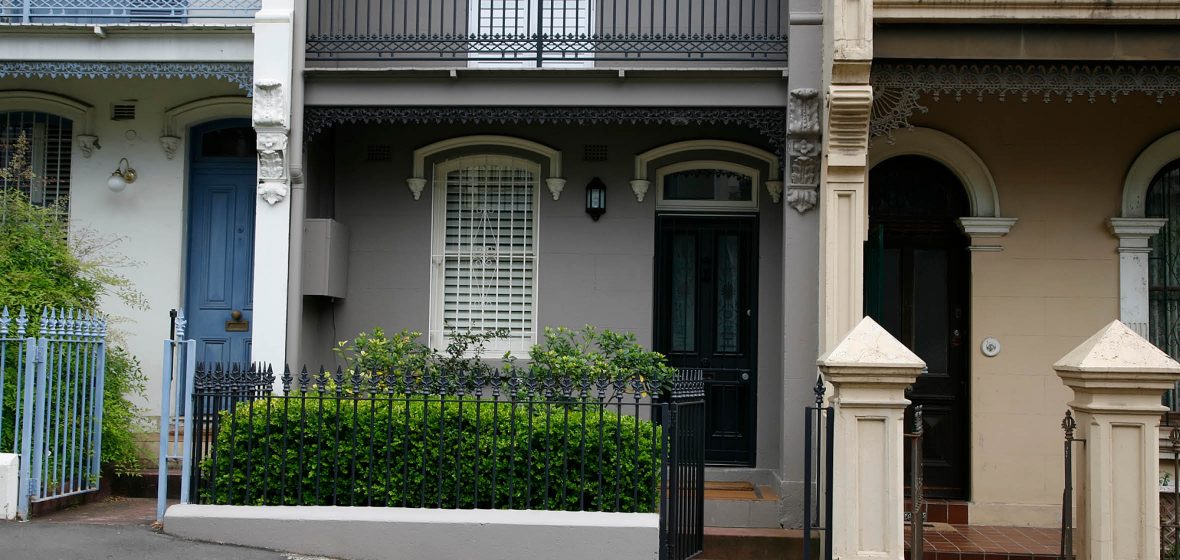Snapshot
- In the recent case of Blythe v Willis, the Supreme Court held that a neighbour’s allegations to the purchaser of adjoining land were false and malicious, holding him responsible for damages in an action for slander of title.
- Where special damage can be shown, an action for slander of title will lie for the malicious publication of a false imputation disparaging the plaintiff’s title.
- In neighbourhood disputes, solicitors should caution clients against making untrue and disparaging statements to potential purchasers, where those statements might deter purchasers from completing a sale or interfere with the sales process.
In the case of Blythe v Willis [2018] NSWSC 131, the Supreme Court considered a common law action for slander of title and trespass caused by an adjoining neighbour. Slander of title involves the making of a false and malicious statement, whether by spoken words or in writing, with reference to a person’s title to some right of property, which is disparaging of his or her title to that right of property (Hall-Gibbs Mercantile Agency v Dun (1910) 12 CLR 84).
Under common law, slander of title has been recognised as an actionable tort where special damage results from the defendant’s interference (Palmer Bruyn & Parker Pty Ltd v Parsons [2001] HCA 69 per Gummow J at [57]). Slander of title exists separately from the tort of defamation, which seeks to protect individual reputation. Slander of title protects legal rights accruing by reason of ownership or possession of property. This case note considers two Supreme Court decisions concerning slander of title – each with different outcomes.




